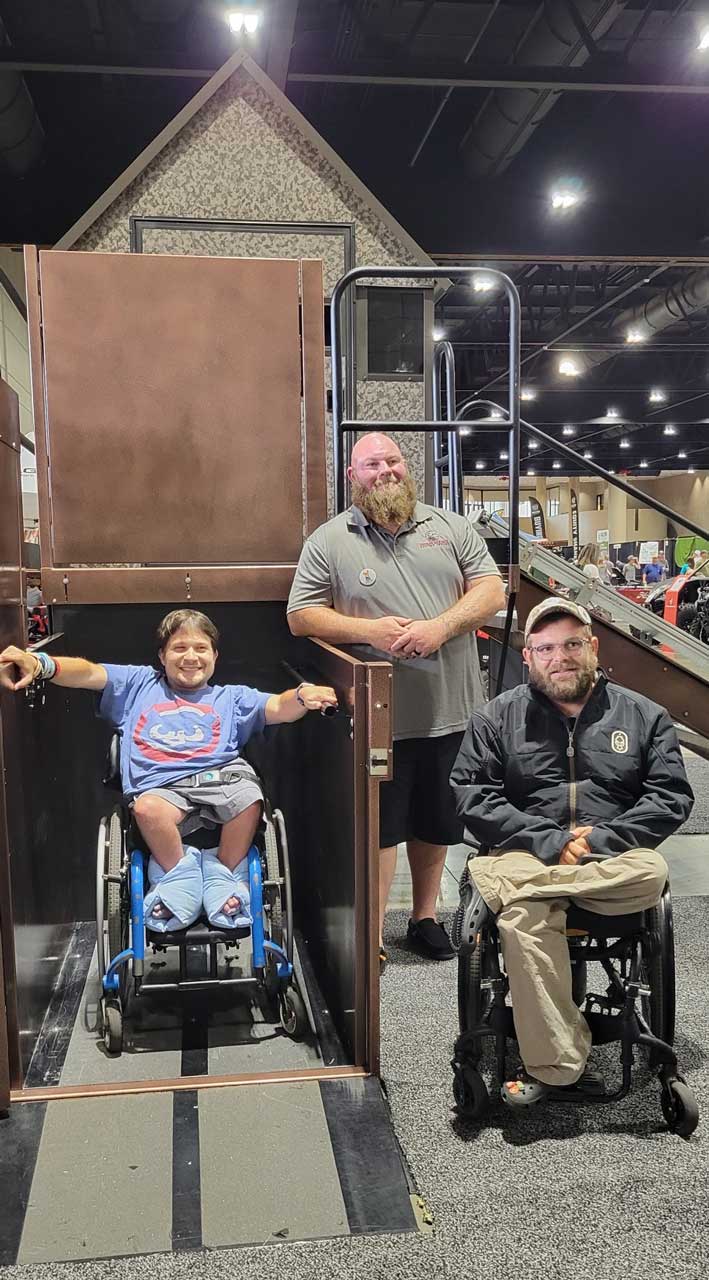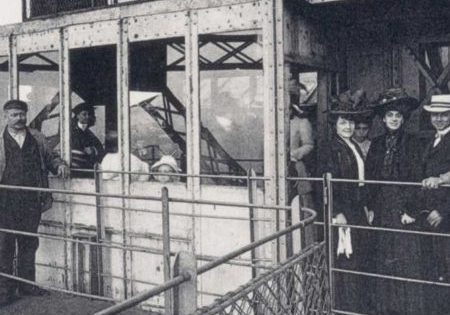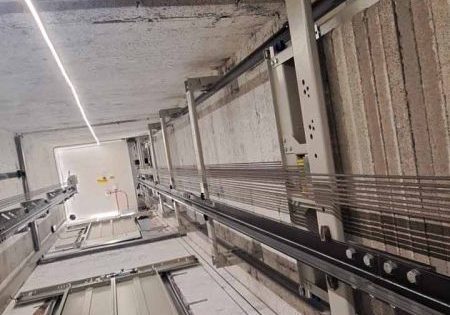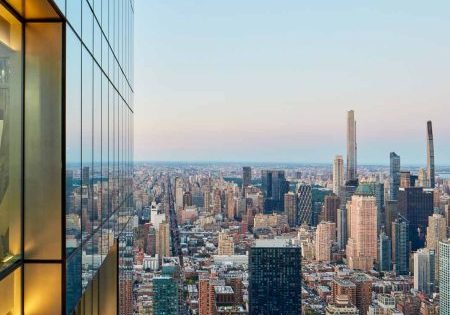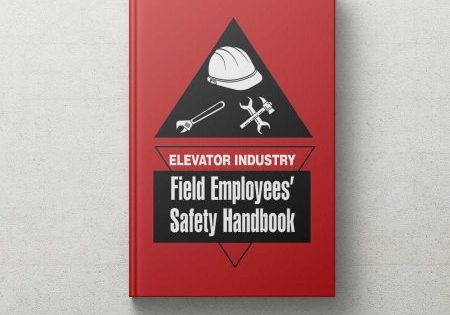The Gift of Independence
Mar 1, 2025
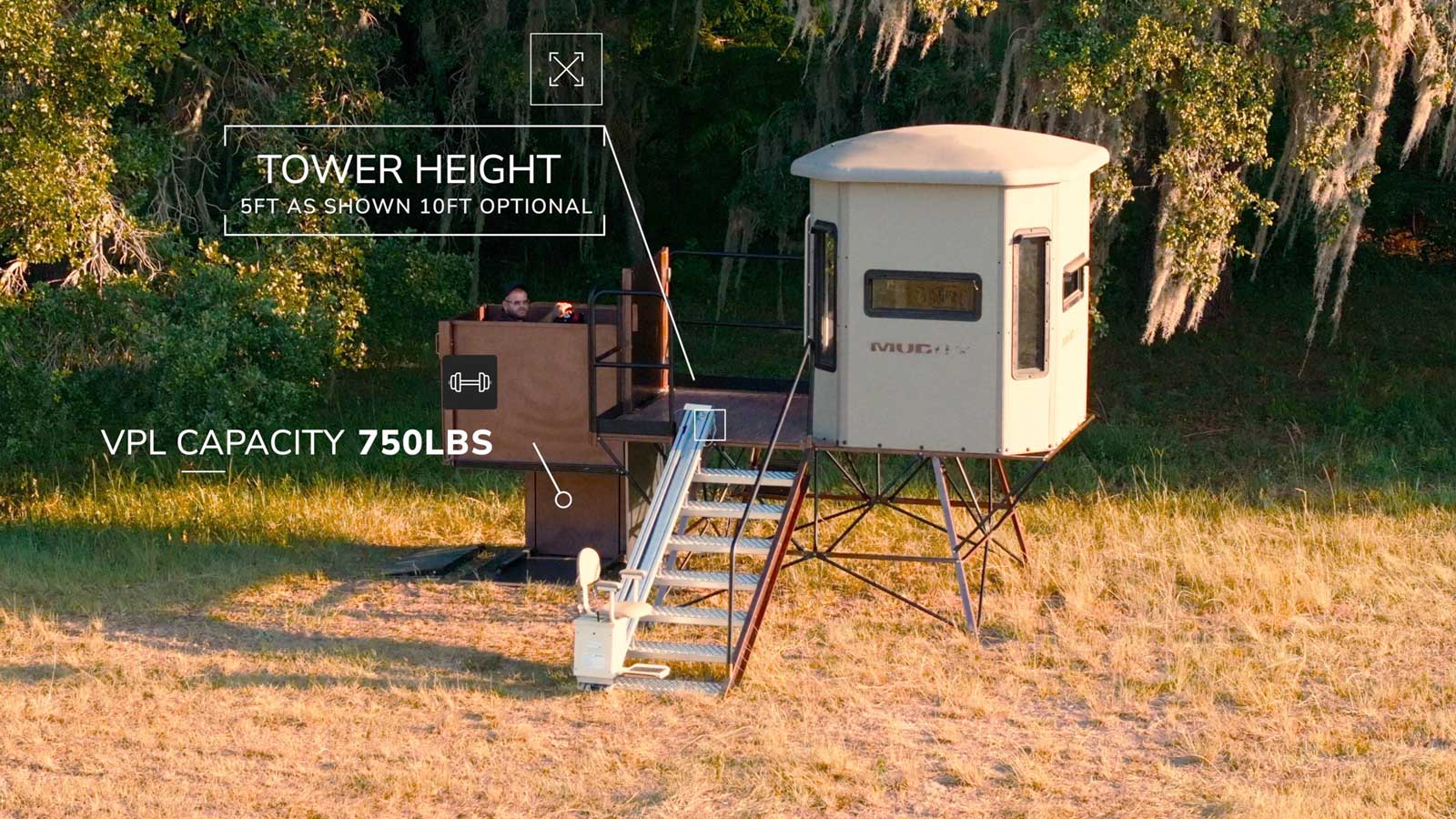
Florida-based Independence Hunting Towers fills a void in the hunting community with handicapped-accessible deer stand.
images courtesy of Independence Hunting Towers
When Ben, a quadriplegic young man in his early 20s, tried out Independence Hunting Towers’ accessible deer stand at the World Deer Expo in Birmingham, Alabama, in July 2024, you “couldn’t wipe the smile off his face,” remembers Wade Sutherlin, vice president (VP) of St. Petersburg, Florida-based Independence Hunting Towers and one of three partners in the company. That’s because their ASME A18.1 code-compliant, handicapped-accessible deer stand allowed Ben to navigate the stand 100% unassisted. “If he had a handicapped van outfitted to where he could drive it and he wanted to go hunting by himself, he would have the ability to,” said company President Ryan Coley, a St. Petersburg-based technical support specialist for American Elevator Group. “He got his independence back.”
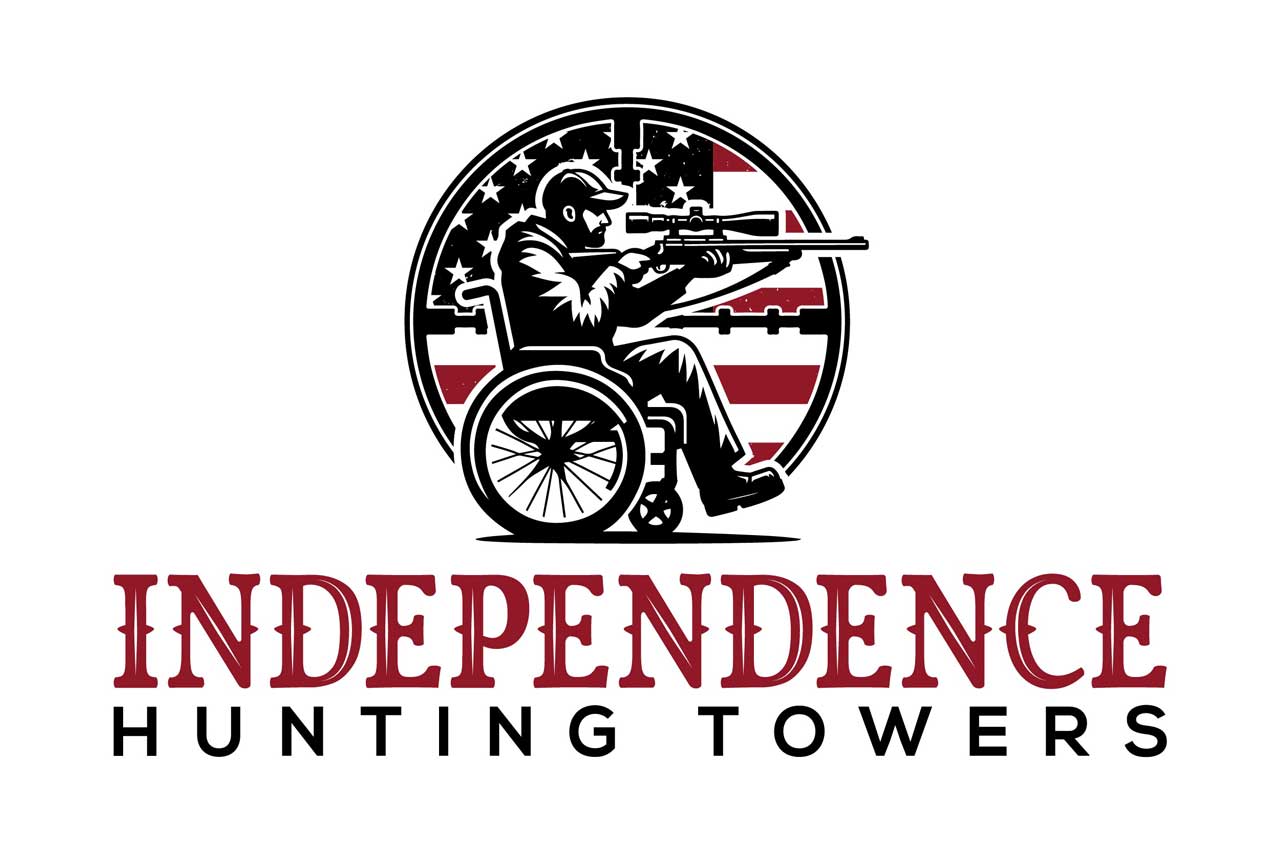
Including a wheelchair-accessible, vertical platform lift (VPL) with 750-lb capacity or a stair chair with 350 lb capacity, the tower is available in 5 ft or 10 ft options. The tower itself has 2500-lb capacity. “At the deer expo, Wade stood on one end, and I did jumping jacks on the other; that thing did not move an inch,” Coley said. “It’s solid as a rock.” All of the stand’s vertical-transportation (VT) units are battery operated and solar charged.
Finding a Unique Niche
Coley had recently sold his elevator service and modernization company when he and Sutherlin took a hunting trip to Coley’s property in Georgia in December 2023. The two conceived the idea on the drive home. Coley and Sutherlin bought a used wheelchair VPL, refurbished it and had the metal powder-coated a custom color. They then built the deer stand with a ramp and attached the VPL to the ramp. Coley said:
“Wade owned NCIS Elevator, an elevator cab company specializing in high-end custom cabs, and had recently closed up shop, so both of us were looking to do something new. On the way home from that hunting trip, we started talking about building hunting blinds. My thought was that the market is too saturated with competition, so we needed to find a unique niche that would set us apart. We started brainstorming, and the idea of building a hunting tower that caters to the handicapped was born. After a few weeks of drafting and design, we met with an engineer (Rich Fitzgerald of Southern Elevator & Electric Supply [SEES]) to verify my math and that the tower would hold the load.”
It took the men several months to build a prototype with the repurposed VPL, and they formally brought Independence Hunting Towers’ product to the market in July 2024 at the World Deer Expo. Their next show will be the Florida Outdoor Expo on May 2-4, 2025, in West Palm Beach. Coley and Sutherlin, who spoke with your author during a recent Microsoft Teams meeting, said that, aside from meeting potential customers and distributors at tradeshows, they envision their core market being the nonprofit community — specifically those that focus on accessibility for handicapped military veterans such as the Wounded Warrior Project®.
Due to an ailing economy, donations have been down for such organizations over the past four years. “We hit the market at the worst possible time,” Sutherlin said. Still, Independence Hunting Towers sold one unit to a generous donor (who prefers to remain anonymous) to a similar nonprofit, Special Operations Wounded Warriors (SOWW). The hunting tower will be delivered to its recipient in North Carolina later this year. Formed in 2012, SOWW “serves the distinct purpose of providing outdoor experiences and focused therapeutic retreats to a select group of both active duty and veteran U.S. Military Special Operations Forces who have received wounds (both seen and unseen) in battle or significant training accidents, most of which that have been awarded our country’s prestigious Purple Heart Medal.”[1]
An Optimistic Future
Coley, Sutherlin and Independence Hunting Towers’ third partner, Chief Manufacturing Officer Rich Fitzgerald (who is based in Pompano Beach, Florida, and a founder of and VP of Operations at SEES) are optimistic that, with the new administration, the U.S. economy will pick back up and nonprofits’ coffers will again be filled. They will need to be to have the donations to purchase additional handicapped-accessible hunting towers, as the units retail starting near US$40,000, depending on options and configuration. “The wheelchair lift alone is about US$14,000,” Coley pointed out.
My thought was that the (hunting blind) market is too saturated with competition, so we needed to find a unique niche that would set us apart.
— Independence Hunting Towers President Ryan Coley
Manufactured by SEES at its 75,000-ft2 facility in Pompano Beach, Independence Hunting Towers’ deer stands are constructed of steel, rather than aluminum, which could bend or cave. “Structurally, it’s overbuilt,” Coley said, in turn enhancing safety. Coley and Sutherlin said there are very few competitors on the market, and none are as organized and have the VT code and regulation background. Sutherlin said:
“I saw a photo of a property that had a blind — really a contraption — they called wheelchair-accessible. Per building code, a wheelchair ramp can only have 1 in. of elevation per foot of travel. So, let’s say you want to go 5 ft up in the air — that’s 60 in. — so you need a ramp that’s 60 ft long to be able to get up 5 ft. That doubles to 120 ft for a 10-ft-high ramp. The short, steep wooden ramp in this ‘wheelchair accessible’ blind could have been used as a waterpark adventure slide. Once you get up that thing, if you can, it would be terrifying to think, ‘Holy smokes, now I’ve got to go down!!…in a WHEELCHAIR!’ A ramp built with lumber is a little cheaper, but then you’ve got to think about the constant exposure. Bugs and weather would make it a maintenance nightmare. Our powder-coated steel structure would withstand the test of time far better with little maintenance. When you look at what we’re providing, it really is the way to go.”
Coley said Independence Hunting Towers hopes to sell at least 10 towers per year. The partners have received positive market feedback, although the stair chair — better for individuals who can walk to a blind but have difficulty navigating stairs, like your author — has proven not as desirable as the VPL option. “Nearly everyone who saw that chair (at the Birmingham show) kind of snarled at it and said, ‘I’m not that old yet.’ They saw it as crippling to their image, if you will.” The stair chair is still available as an option for now.
Whichever option they choose, getting physically challenged people — especially military veterans — back into the woods and hunting with freedom is Independence Hunting Towers’ ultimate goal. The person who donated the stand to SOWW “absolutely loved the idea,” Coley said. “He provided something very special for SOWW,” Coley said. “The story made me cry.”
Reference
[1] sowwcharity.com
Get more of Elevator World. Sign up for our free e-newsletter.
